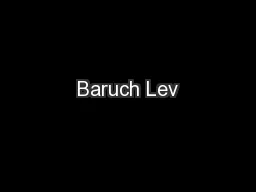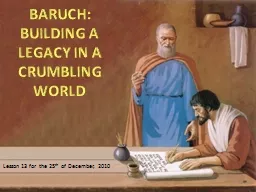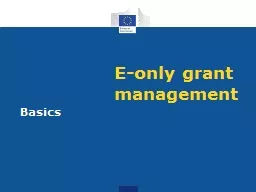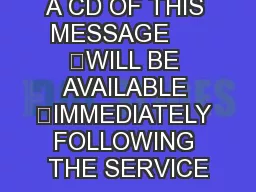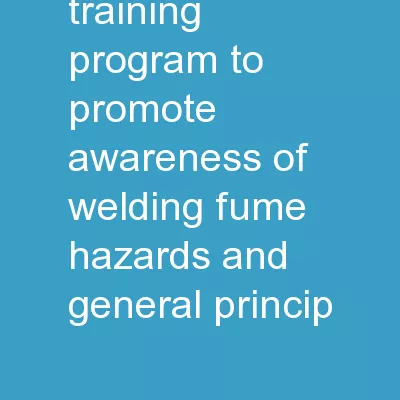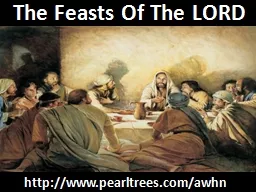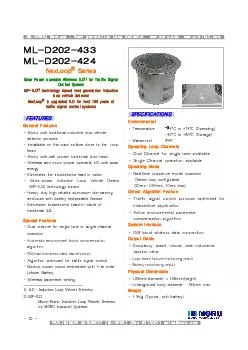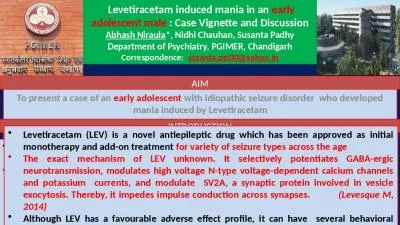PPT-Baruch Lev
Author : yoshiko-marsland | Published Date : 2016-05-14
blev sternnyuedu June 2015 The wonderful world of intangibles Things to Come 2 The intangibles revolution Unique issues confronting managers and investors Why
Presentation Embed Code
Download Presentation
Download Presentation The PPT/PDF document "Baruch Lev" is the property of its rightful owner. Permission is granted to download and print the materials on this website for personal, non-commercial use only, and to display it on your personal computer provided you do not modify the materials and that you retain all copyright notices contained in the materials. By downloading content from our website, you accept the terms of this agreement.
Baruch Lev: Transcript
Download Rules Of Document
"Baruch Lev"The content belongs to its owner. You may download and print it for personal use, without modification, and keep all copyright notices. By downloading, you agree to these terms.
Related Documents

